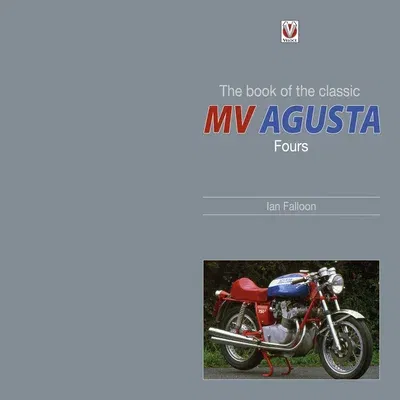Ian Falloon
(Author)The Book of the Classic MV Agusta FoursHardcover, 15 October 2011

Qty
1
Turbo
Ships in 2 - 3 days
In Stock
Free Delivery
Cash on Delivery
15 Days
Free Returns
Secure Checkout

Print Length
192 pages
Language
English
Publisher
Veloce Publishing
Date Published
15 Oct 2011
ISBN-10
1845842030
ISBN-13
9781845842031
Description
Product Details
Author:
Book Format:
Hardcover
Country of Origin:
IN
Date Published:
15 October 2011
Dimensions:
25.65 x
25.65 x
2.29 cm
ISBN-10:
1845842030
ISBN-13:
9781845842031
Language:
English
Pages:
192
Publisher:
Weight:
1247.38 gm